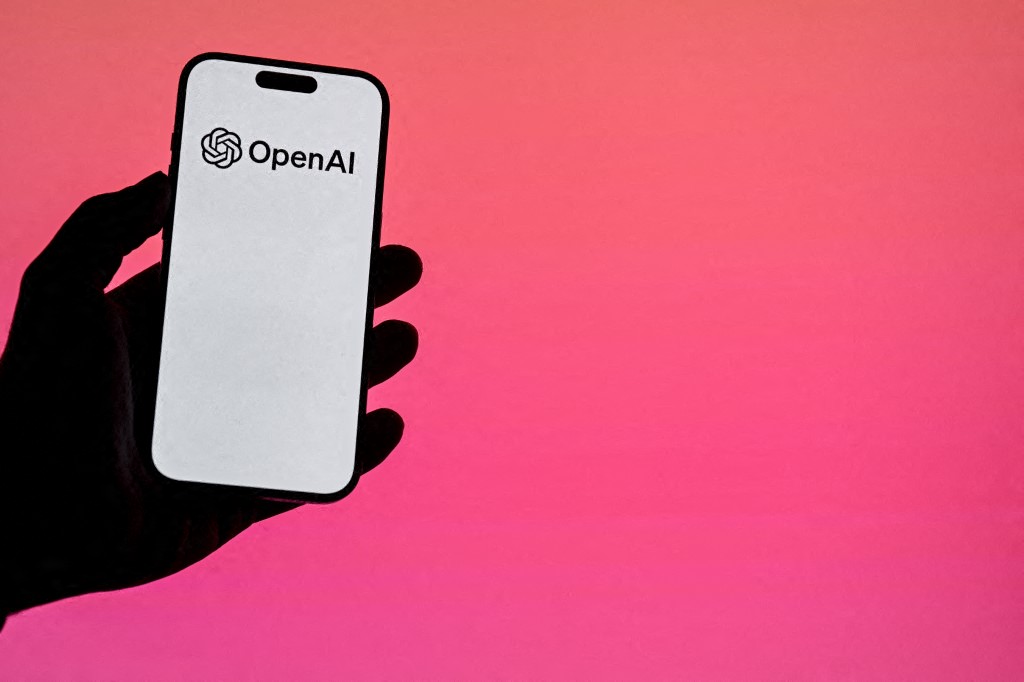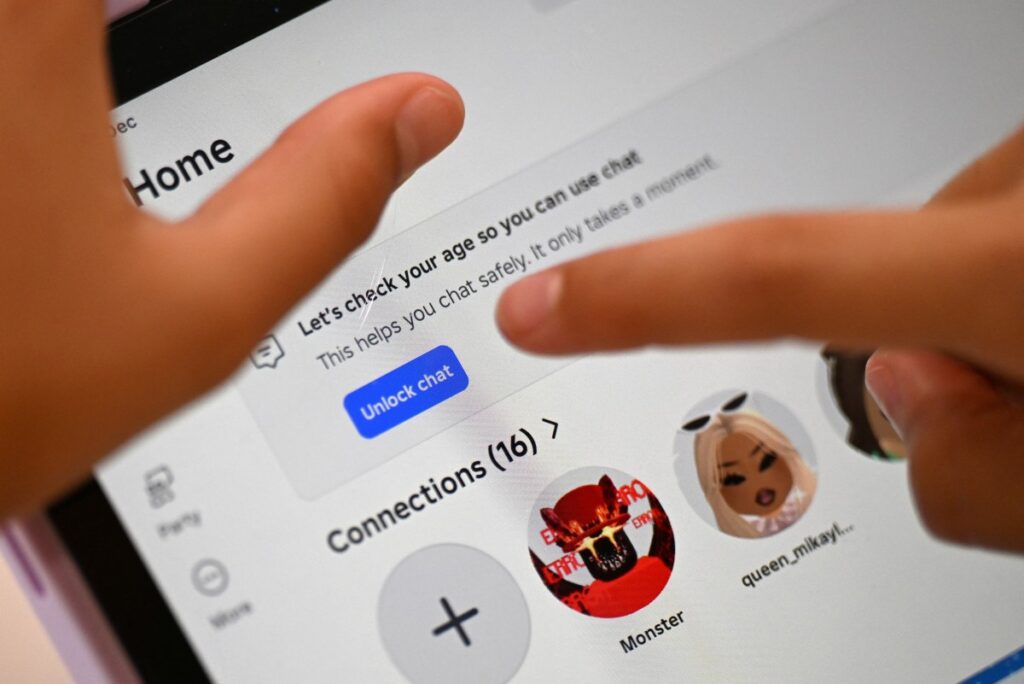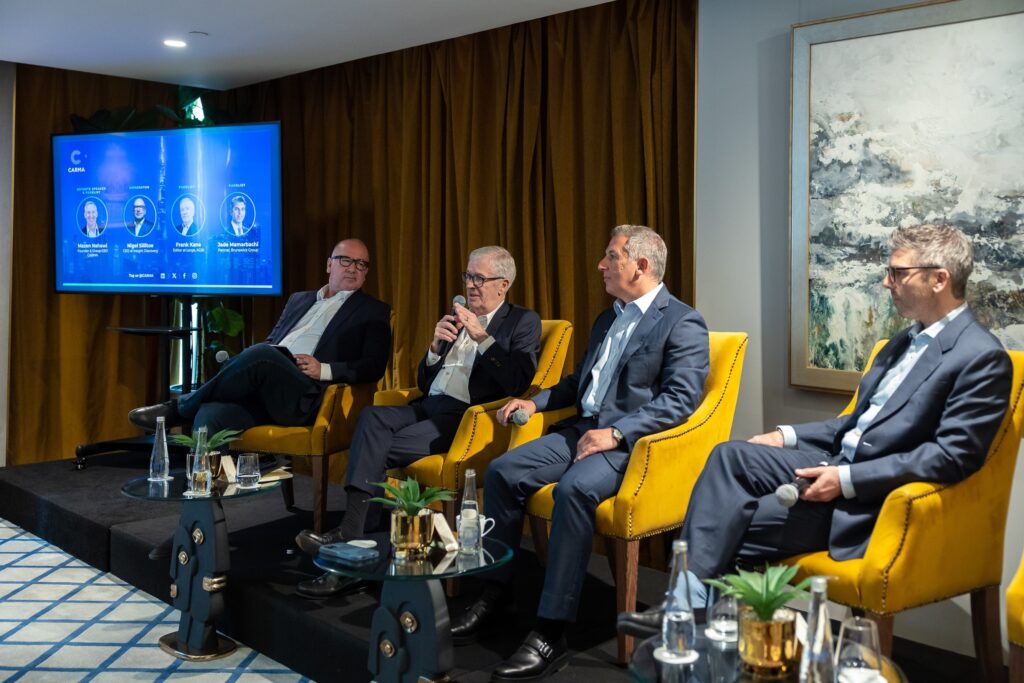It’s every company’s dream to know the real-time location of its audience, deeply understand them and know exactly how, when and where to speak to them. Data mining companies specialize in providing brands with such information, ensuring campaigns’ cost-effectiveness by harvesting and analyzing data. However, these firms and how they operate are still not well understood, spurring questions on how they collect and share this new, critical currency: data.
To get a better grasp of how data is derived from users, we spoke to Ihab El Yaman, Head of Mobile and Performance Director at data mining firm MEmob+ (a sister company of Mediaquest).
First off, MEmob+ (initially established in 2013) took its current specialized form in 2016 based on the realization that the GCC market lacked data mining and analysis. According to El Yaman, at the time, there were signs that users’ interests had started to move outside of the footprint usually analyzed by way of traditional targeting methods such as tracking of browser cookies, search engines checks, etc. Most practices in the region lacked this crucial data component, rather relying on probabilistic methods – although it was already clear that clustered groups of users engage with certain points of interest (POI) that can be monitored and analyzed individually, depending on each client’s marketing strategy.
To fill this gap in the market and meet its actual needs, MEmob + started offering more deterministic solutions, fully driven by data.
“MEmob+ helps entities start building up their own first-party data, thus helping them activate data themselves,” El Yaman says, further explaining: “After collection, the MEmob+ technology aggregates the data and creates audience profiles and segments based on customized algorithms and taxonomy tailored for every marketing objective.” Through these steps, clients can better understand their audience, online activity, mobility and purchase behavior.
This process also involves tracking mobile phones that people carry constantly. “We know the audience, we know where they go and when they go there, and we know the application they use,” says El Yaman. 
For example, as part of a recent campaign for Pizza Hut, the company was able to gather data on customers living nearby the pizza chain’s outlets. These customers were specifically targeted with a compelling “Buy One, Get Two Free” offer, available for dine-in and take-away purchases only. The operation allowed the brand to pinpoint and reach the consumers most likely to opt in the offer.
This utilization of data has been at the center of debates around issues of privacy, with the public spotlight shining on big players such as Google and Facebook, recently under fire for misusing people’s private information.
But El Yaman says that all the data MEmob + uses falls under the EU’s General Data Protection Regulation (GDPR). Anyone wishing not to be tracked can simply opt out. Besides, “what we’re selling isn’t actual data, but it’s a profile that relates to the data,” he explains. As for security concerns, MEmob +’s servers holding the data are located in Germany and in the US.
“The challenges in the data world today can be cracked by first ending corruption, and secondly by working in complete transparency,” he concludes.





